Live in the Moment: Slow Down, Enjoy Life

Living in the moment is much easier said than done. But at least if you make an effort, you are sure to feel better within a few weeks. It’s about finding comfort with who you are, what you have, and where you are right now. Without having to chase endless goals, in order to feel happy or at peace.
Notice Your Surroundings
When you wake up, listen to the birds and look at the nature right outside your door. What colours and shapes can you see in the natural landscape.
Focus on One Thing at a Time
When you multitask, you split your mind and miss out on the present. Try to give your full attention to whatever you’re doing, whether you’re eating, listening to music, or going for a walk.
This helps you enjoy life as it happens, instead of speeding through it.
Slow Down Your Daily Activities
Rushing stops you from enjoying simple things. Try to walk slower, chew your food, and breathe deeply when you can. Notice how much more you take in when you give yourself the chance to go at your own pace.
Put Away the Phone
When you reach for your phone, check if you really need it or if you’re just filling a quiet moment. If you don’t need it, set it down. Give your attention to the people, sights, and sounds right in front of you.
Life isn’t happening through a screen.
Accept What You Feel
It’s tempting to push away feelings you don’t like, but ignoring them never helps. Take a moment to recognise your emotions, good or bad, without judging yourself. Every feeling is part of your experience, and accepting them can help you feel at peace.
Limit Worry and Regret
It’s easy to replay things from the past or worry about tomorrow, but these thoughts don’t change anything. When you notice your mind drifting to regrets or worries, bring your focus back to what’s happening now. Come back to the moment, as many times as you need.
Take Deep Breaths
Your breath is always with you. Slow, deep breaths can calm your mind and bring you back from distractions. Try a few deep breaths whenever your thoughts start to race or you feel tense.
Connect with People
Being present isn’t just about being alone with your thoughts. When you speak to someone, give them your full attention. Listen to what they’re saying without planning what you’ll say next. This kind of attention can make your relationships feel deeper and more rewarding.
Appreciate Simple Pleasures
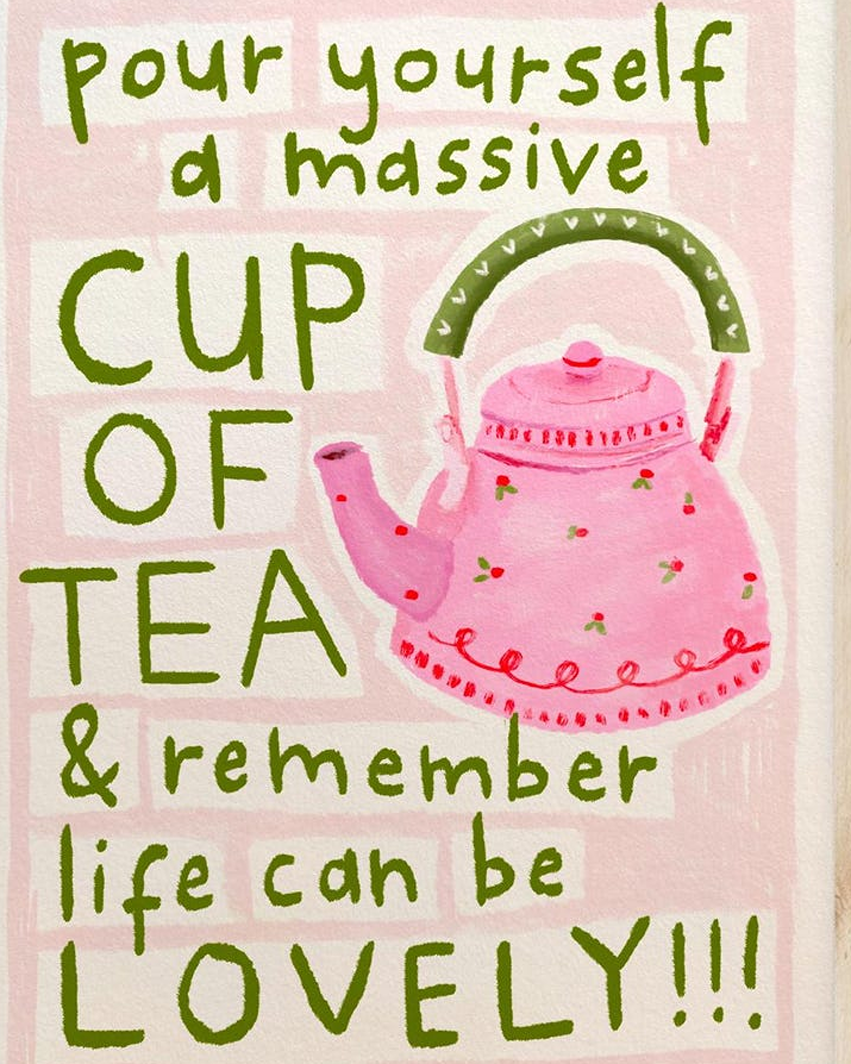
A good cup of tea, a cosy seat, a sunny spot—these little moments often make up the best parts of the day. Take time to notice and enjoy them. Gratitude for small things anchors you in the now.
Let Go of Perfection
The moment you’re in doesn’t need to be perfect. Let go of chasing flawless experiences or perfect happiness. Life is full of small flaws, surprises, and changes, and that’s what gives it meaning. Accept what comes, as it comes.
Spend Time in Nature
Natural spaces slow you down. Even a walk in a small park or standing under a tree can help you reconnect with the present. Listen to the birds, watch the clouds shift, or feel the wind. Let nature show you how to pause.
A Manifesto for a Life of Purpose
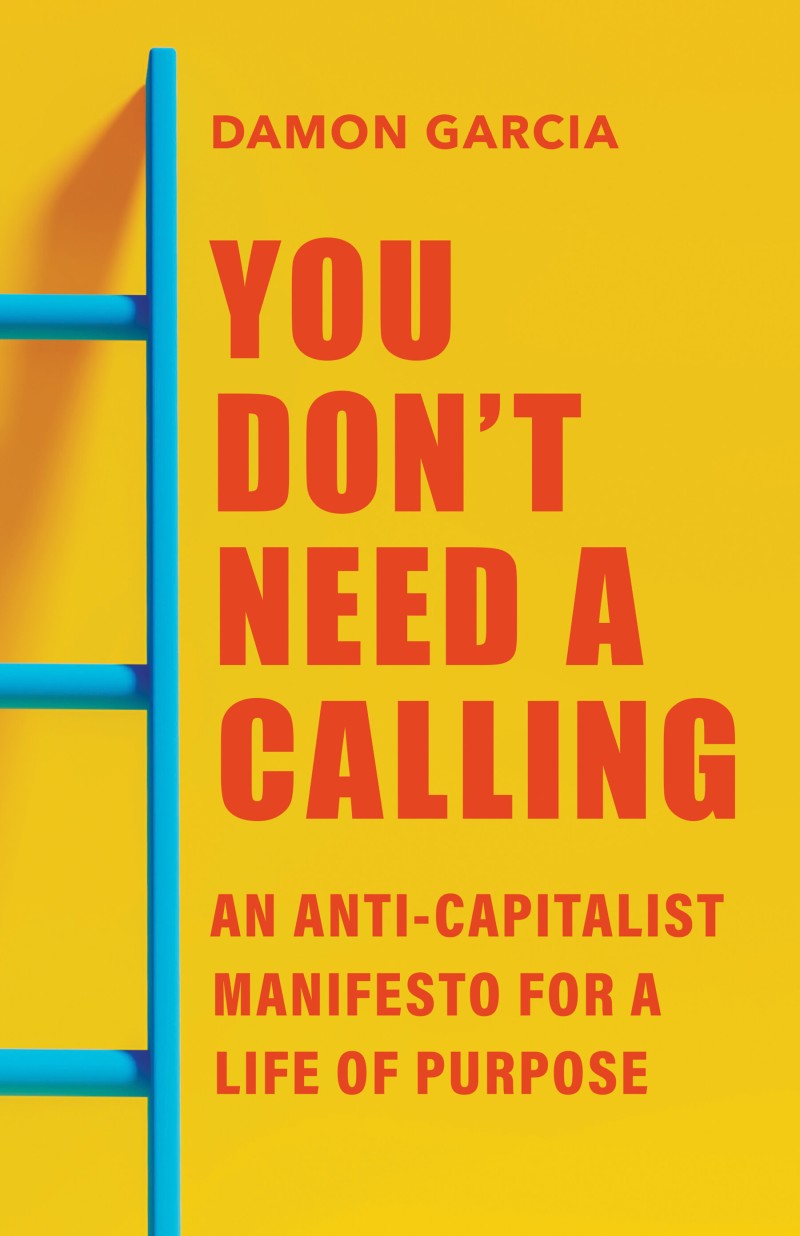
You Don’t Need a Calling asks us to stop searching for purpose and start being present. The media, churches and self-help gurus inundate us with advice:
Pursue your calling
Become the best version of yourself
Make your life count
But these messages can end up with many people feeling worn out, and feeling like failures. From the constant pursuit to do more, be more and never give up.
A big issue is that we live in a capitalist society, where ‘purpose’ is determined by profitability, and our ‘success’ is driven by growth and production. Instead of running a successful tiny business to do good in the community, we are expected to grow it into many stores to employ a big workforce, and become a millionaire.
Instead of being happy living in a small functional home, we are expected to ‘get on the property ladder’ and mortgage ourselves up to the hilt for decades, to keep up with ‘growing house prices’.
But we don’t have to accept this limiting view. By resisting systems of exploitation (bad pay, fast fashion, factory-farmed ready-meals, ‘bullshit jobs‘), we can slow our constant forward motion, tune into our life’s purpose and perhaps – find a little inner peace!
Purpose isn’t something we find – it’s something that finds us, when we slow down, switch off and learn to be present in the world around us. Chart a new course for your life, and know that (as everything in our lives is part of God’s plan), you can let go of the cynical belief that our lives have no purpose at all.
If you empty dustbins or care for a loved one or clean a hotel room, your life is as purposeful and meaningful and important as anyone else’s. You don’t have to ‘wait until you are more successful’ to ‘live your life’.
Author Damon Garcia is a theological and writer, who discovered his passion for ministering to ‘spiritual misfits’ through a young adult ministry. This passion led him out of Evangelicalism, and into the real world, where he inspires a disillusion generation, himself inspired by anti-capitalist politics. He lives in California, USA.
A Parable on Why ‘More’ is Not the Answer
This is a popular parable, that often gets told in different ways, but the message is always the same:
A fisherman has caught enough to feed himself and his family for the day, and is resting on the beach. A businessman approaches him and asks ‘Why don’t you catch more fish, then you will make more money’.
The fisherman replies ‘Why would I do that?’
The businessman says ‘Then you could buy a bigger boat, employ staff and earn enough money to retire’.
The fisherman replies ‘What would I do then?’
The businessman says ‘You could retire, and lay on the beach all day’.
The fisherman replies ‘I am doing that already, without all the stress!’
Lessons from the Tortoise and the Hare Fable
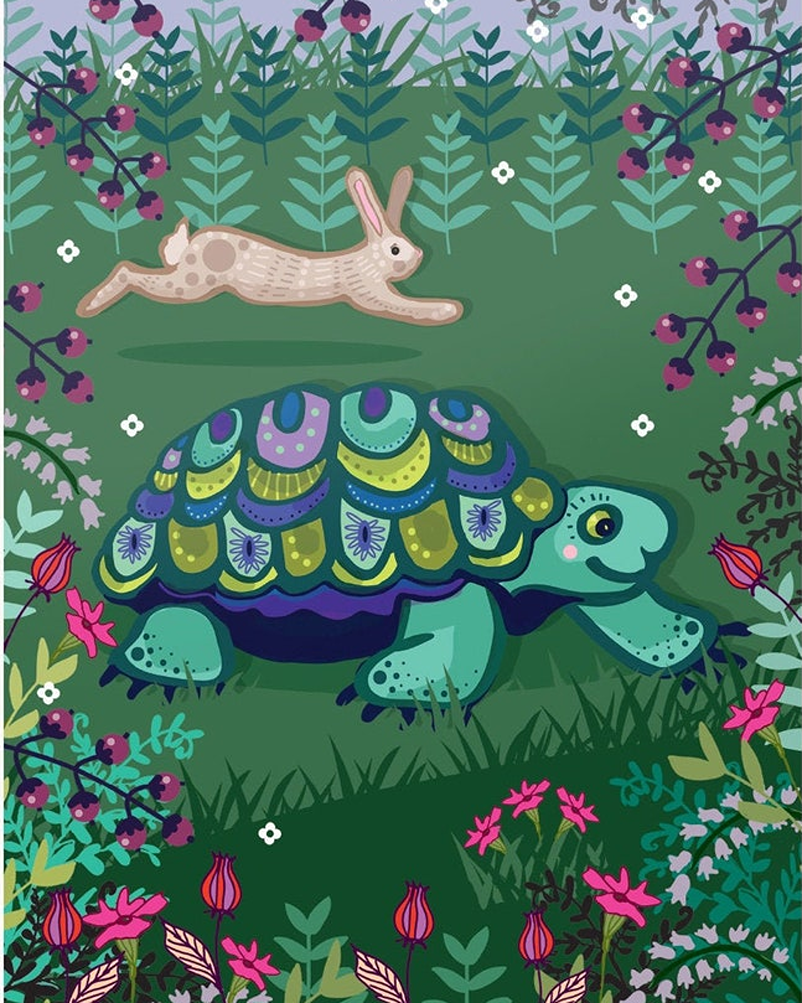
The Tortoise and the Hare was one of Aesop’s fables, a story with a moral compass. In this case, that you often get further, when you slow down. It’s a lesson that many of us could learn, in today’s fast-moving society.
A swift hare brags about his speed to other animals. But the slow tortoise challenges the hare to a race. Although the hare easily pulls ahead to victory, he decides to stop and take a nap. While the slow and steady tortoise makes it to the finish line first!
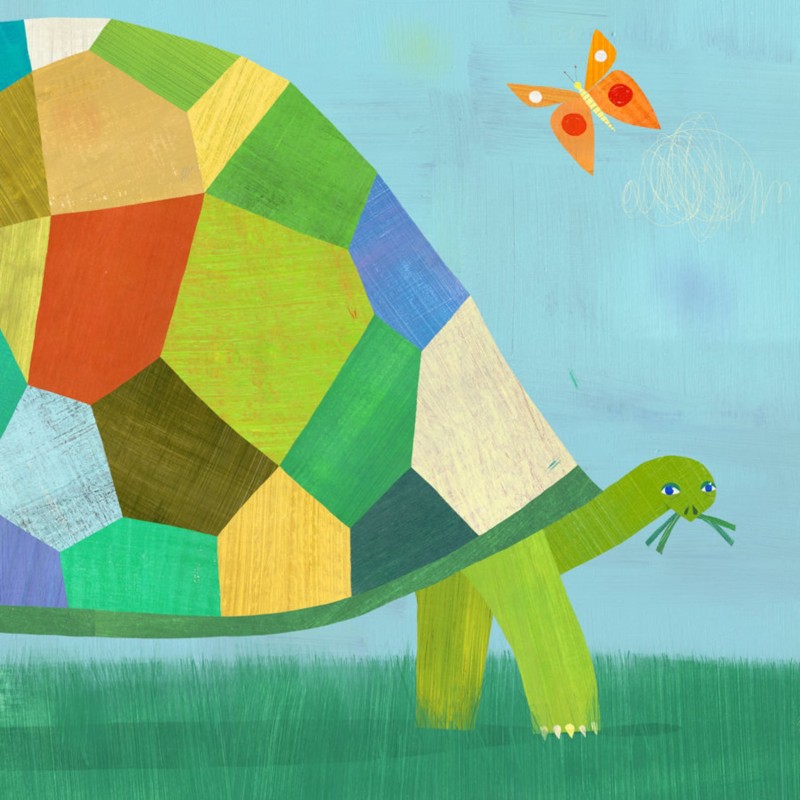
You may deride my awkward pace. But slow and steady wins the race. Tortoise
This fable is known worldwide, with different versions. In Native American culture, it’s a hummingbird and crane, that agree to race from ocean to another. Against, the tiny fast hummingbird stops at night to sleep, while the crane flies overnight and comes in first.
What are Aesop’s Fables?
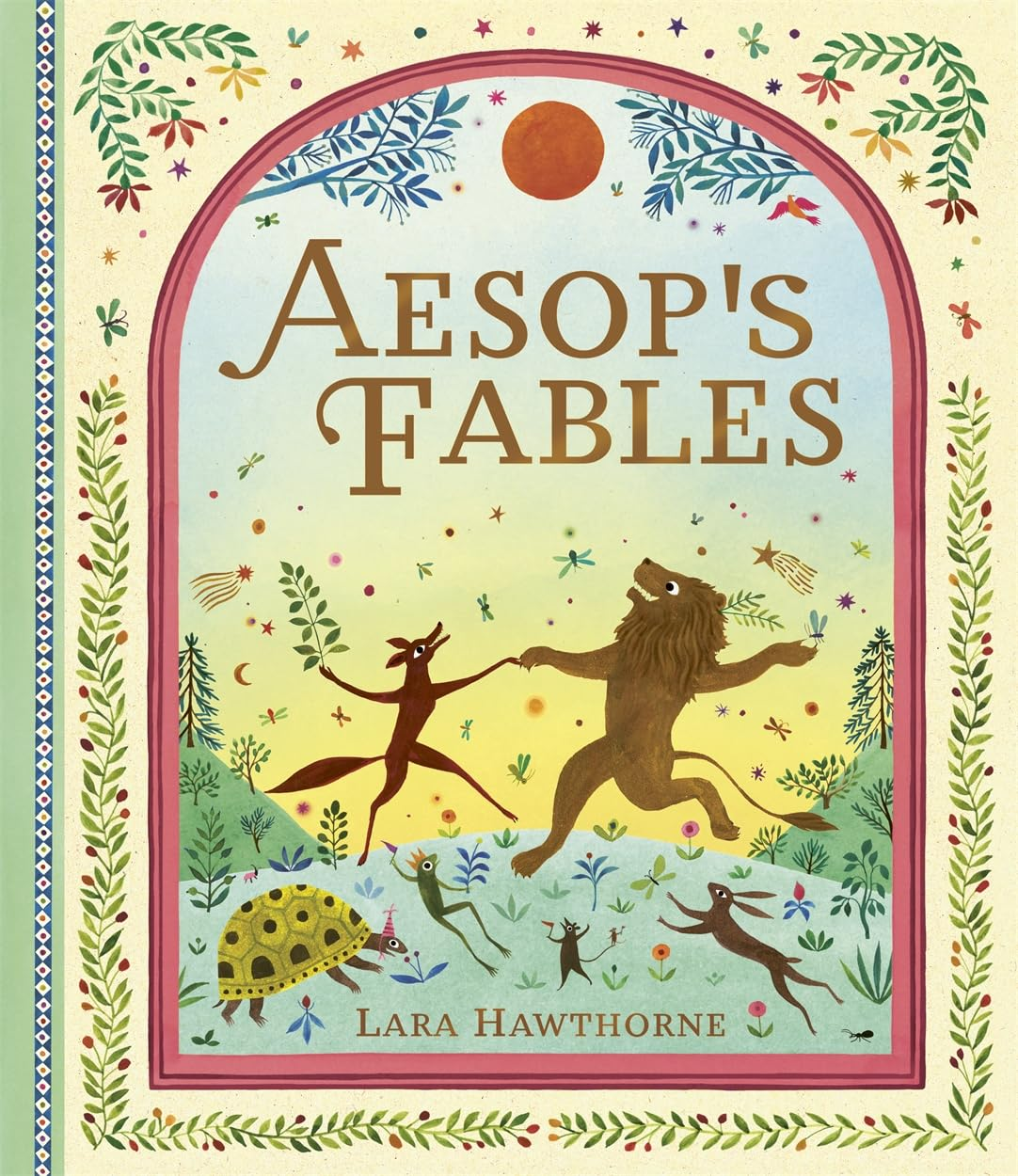
Aesop’s Fables are a collection of ancient stories, each with a moral tale to tell. It would be wonderful if ‘they came back into fashion’. Many of the stories features creatures from the natural world, to both educate and inspire.
Wildlife TV presenter Hamza Yassin recently said he would love it, if children were able to name five trees, rather than five Kardashians.
Other fables that you may be familiar with include:
- Mercury and the Woodman (honesty is the best policy)
- Milkmaid and her Pail (don’t count your chickens, before they are hatched)
- The Ant and the Grasshopper (be prepared for the days of necessity)
- The Wolf in Sheep’s Clothing (appearances can be deceptive)
- Father and His Daughters (you can’t please everyone)






